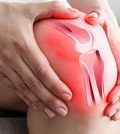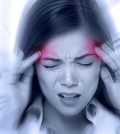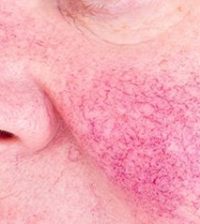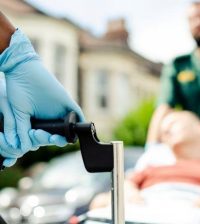- Stigma, Shame Hit Many Gay Men Affected by Mpox Outbreak
- Calories, Not Meal Timing, Key to Weight Loss: Study
- Dietary Changes May Beat Meds in Treating IBS
- Screen Pregnant Women for Syphilis, Ob-Gyn Group Advises
- Even With Weight Gain, Quitting Smoking in Pregnancy Still Best for Health
- A-Fib Is Strong Precursor to Heart Failure
- One Neurological Factor Keeps Black, Hispanic Patients From Alzheimer’s Clinical Trials
- Managing Blood Sugar After Stroke Could Be Key to Outcomes
- Dozens of COVID Virus Mutations Arose in Man With Longest Known Case
- Blood Test Might Someday Diagnose Early MS
Young Adults’ Use of Hallucinogens Like Mushrooms, PCP Doubled in a Few Years: Study
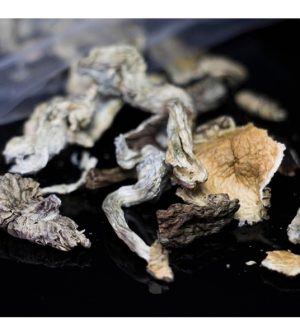
Young American adults have doubled their use of non-LSD hallucinogens in just a few years, a new report warns.
Researchers found that between 2018 and 2021, U.S. adults aged 19 to 30 increased their use of mescaline, peyote, psilocybin (“magic mushrooms”) and PCP, though not LSD.
The prevalence of young adults’ past-year use of these drugs was 3.4% in 2018, but it hit 6.6% in 2021.
“However, the prevalence of LSD did not see this dramatic increase, and was around 4% in 2018 and 2021,” said study co-author Megan Patrick. She is a research professor at the University of Michigan Institute for Social Research in Ann Arbor and co-principal investigator of the Monitoring the Future study, which focuses on substance use and health.
The study found that use of these non-LSD hallucinogens was greater for males. White young adults used these drugs at a higher rate than Black people of the same age.
Use of these drugs was also greater for those whose parents had a college education, which researchers used as a proxy for socioeconomic status.
The Monitoring the Future study does not identify why young adults used these drugs, whether it might be recreational or because they thought there would be therapeutic benefit. Non-medical hallucinogen use is associated with risks of substance use disorders, injury including self-harm and anxiety, the study authors noted in a university news release.
“The use of psychedelic and hallucinogenic drugs for a range of therapeutic uses is increasing, given accumulating yet still preliminary data from randomized trials on clinical effectiveness,” said lead study author Katherine Keyes. She is a professor of epidemiology at Columbia Mailman School of Public Health in New York City.
“With increased visibility for medical and therapeutic use, however, potentially comes diversion and unregulated product availability, as well as a lack of understanding among the public of potential risks,” Keyes added.
Young adults surveyed were asked “How often in the past 12 months have you used LSD (‘acid’)?” They were also asked if they had used hallucinogens other than LSD. Responses ranged from none to 40 or more.
The findings were published June 7 in the journal Addiction. The study was funded by the U.S. National Institute on Drug Abuse.
The increase in usage of psilocybin in young adults is a rising concern, the researchers said.
“We will continue to track these trends to see if the increases continue. We need additional research, including about the motives for hallucinogen use and how young adults are using these substances, in order to be able to mitigate the associated negative consequences,” Patrick concluded.
More information
The U.S. National Institute on Drug Abuse has more on psychedelic and dissociative drugs.
SOURCE: University of Michigan, news release, June 8, 2023
Source: HealthDay
Copyright © 2024 HealthDay. All rights reserved.

